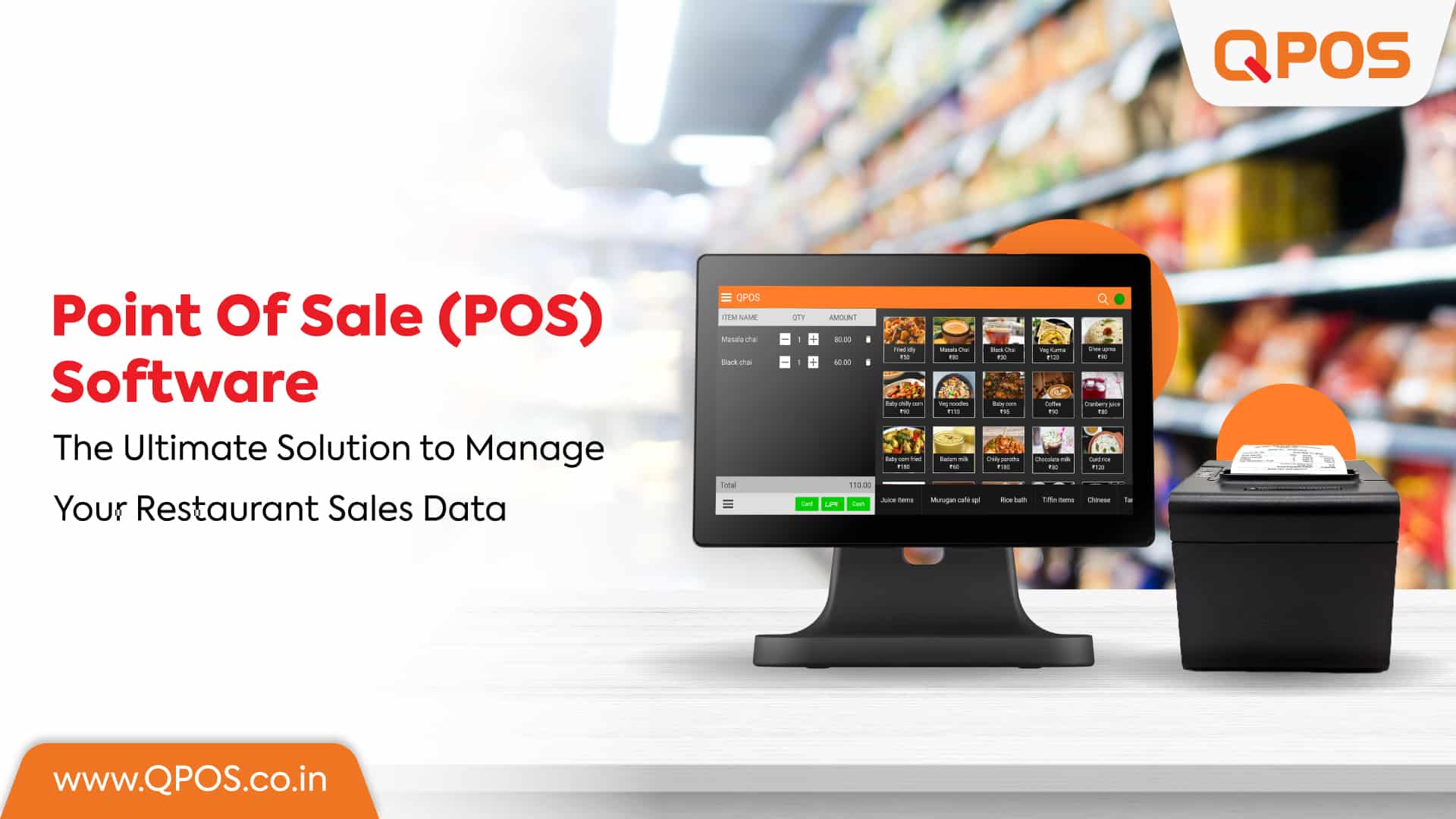In the rapidly changing business environment, the productivity of transactions can substantially impact overall productivity. Point of Sale systems, or POS systems, have transformed far beyond their modest beginnings as traditional cash registers. With modern technology, they have become vital tools that not only enhance sales processes but also improve employee productivity across multiple industries. Understanding what a POS system is and how it can transform the way businesses operate is essential for any entrepreneur looking to maintain competitiveness.
As businesses increasingly adopt cloud-based technologies and integrate advanced features, the modern POS system is capable of far more than merely processing sales. From overseeing inventory and customer relationships to providing valuable analytics, these systems can considerably enhance operational efficiency. In this article, we will explore the countless ways user-friendly POS systems can optimize workflows, elevate customer experiences, and ultimately increase success in multiple business settings.

Understanding POS Solutions
A Point of Sale system is a crucial element for companies, acting as the interface between customers and merchants during sales. At its heart, a Point of Sale system drives sales by processing payments, overseeing stock, and creating transaction reports. It can integrate various functionalities, including payment solutions, customer relationship management, and inventory tracking, making it an essential tool for retail and service sectors.
The development of POS systems has transformed significantly from traditional cash registers to sophisticated, cloud computing solutions. Early cash registers merely recorded transactions, while contemporary Point of Sale solutions leverage technology to enhance operational efficiency and elevate client experiences. Companies can now enjoy features such as m-payment options, customer analytics, and up-to-date inventory management, which all contribute to a smooth sales process and better service experience.
Understanding the various kinds of POS solutions available is crucial for businesses to decide on the best solution. There are industry-specific solutions designed for restaurants, retail, and e-commerce, each tailored to meet distinct operational needs. Furthermore, with the rise of mPOS systems that facilitate transactions to happen anyplace, businesses are better equipped to meet customer preferences and boost staff productivity.
Selecting the Right POS Solution
Selecting the appropriate POS solution for your business involves comprehending your specific requirements and the distinctive features that will benefit your processes. It is essential to assess factors including your sector needs, the size of your business, and the varieties of transactions you process. For instance, a restaurant may require a POS solution with table oversight and menu personalization features, while a sales store might focus on inventory tracking and customer relationship handling capabilities.
Another crucial aspect to think about is ease of use. A simple to use interface ensures that employees can quickly master the solution, reducing training time and minimizing errors during transactions. The top POS solutions are designed with intuitive navigation, enabling employees to serve customers effectively. Testing demo versions or trial periods can offer valuable insights into the usability of the solution before making a definitive decision.
Ultimately, take into account the long-term scalability and integration features of the POS system. As your company grows, your POS requirements may change, necessitating more advanced features or seamless connections to other applications, such as accounting or inventory management tools. Choosing a solution that can adapt to your evolving requirements will improve productivity and streamline operations in the future, ensuring that your company stays competitive in the dynamic marketplace.
Boosting Efficiency with POS Technology
Adopting a contemporary POS system can considerably optimize operations across multiple business sectors. These systems offer employees with user-friendly interfaces that enable quicker transactions and lessen the learning curve for new staff. With straightforward designs and touch-screen functionalities, employees can process sales, oversee inventory, and generate reports with limited training, enabling them to focus more on providing excellent customer service rather than dealing with complex systems.
Moreover, combined features such as inventory management and customer relationship management allow for smooth information flow, improving decision-making and operational efficiency. When employees can retrieve real-time data regarding stock levels and customer preferences directly from their POS, they can make knowledgeable choices that can lead to better customer interactions and increased sales. https://chandler-breen-3.technetbloggers.de/point-of-sale-system-security-safeguarding-your-business-and-patrons minimizes the need for redundant tasks, enabling staff to distribute their time more effectively.
Lastly, as businesses grow, scalability becomes vital. Next-generation POS systems are built to grow alongside your business, supporting new locations, additional features, and higher transactional volumes without a hitch. By optimizing workflow processes, companies not only boost employee productivity but also create a more responsive business environment that can adjust to shifting consumer demands and market conditions. Utilizing POS technology ultimately produces a more productive operation that benefits both employees and customers alike.
